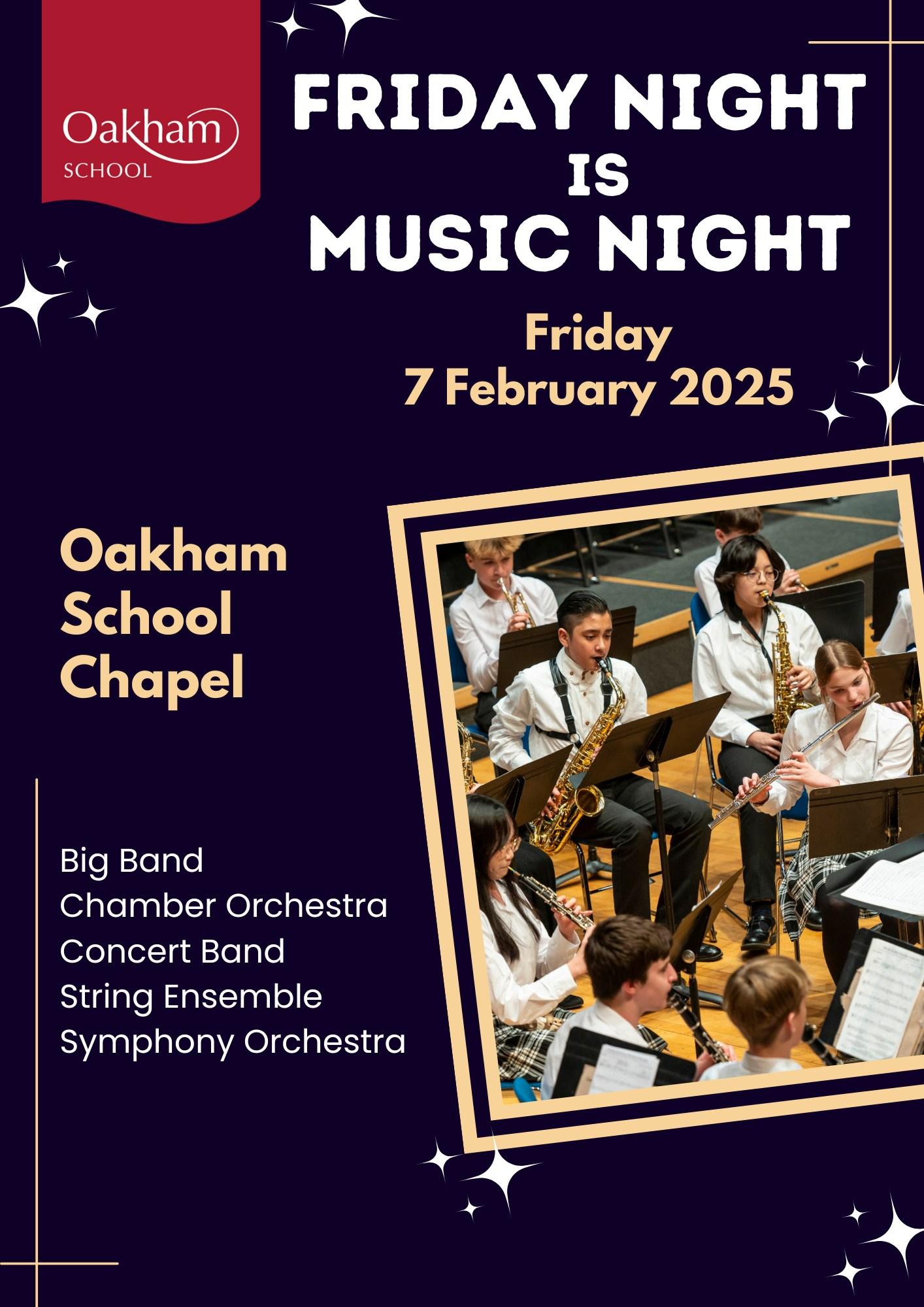
PROGRAMME
Personal recording or photography is not permitted during the concert. The concert will be recorded and distributed by the Music Department in line with the School’s policies after the event. This recording may include footage of the audience.
STRING ENSEMBLE & CHAMBER ORCHESTRA
Katherine Collison conductor
Romanian Folk Dances
Brâul (Sash Dance)
Bot tánc / Jocul cu bâtă (Stick Dance)
Béla Bartók
Bartók’s Romanian Folk Dances have proved to be some of the most popular pieces he has ever written, arranged for many different instruments and ensembles. Bartók was greatly inspired by folk music in all his compositions, and along with his friend Kodály, travelled across the countryside of Hungary and Romania writing down and recording the music of the peasants. We are performing two dances from the set of six, the first you will hear is a sash (or waistband) dance for couples in which the women hold the men’s belts, and the second a stick dance for young men.
STRING ENSEMBLE
Katherine Collison conductor
Grange Blues
Christian Morris
Scored for strings, piano and drumkit, Grange Blues is based on a 12 bar blues chord sequence with a driving syncopated rhythm in the inner string parts. After a short, rhythmic introduction featuring glissandi in the strings, the melody appears in the 1st violins and violas. After the tune has been heard once, we hear a repeat of the introduction followed by the same tune again with an additional melody line in the 2nd violins. The introduction is heard a third time, this time with a sudden drop in dynamic before a big crescendo to the end.
CHAMBER ORCHESTRA
Emily Holland conductor
Simple Symphony, op. 4
iii. Sentimental Sarabande
iv. Frolicsome Finale
Benjamin Britten
Benjamin Britten is one of the most unique composers of the 20th century. He was also a child prodigy, and by the age of 14 had written around 100 works, mostly for voice and piano. The material for this ‘Simple Symphony’ is entirely based on pieces he wrote between the ages of 9 and 12, which he then rearranged and re-scored for Strings in his last year at the Royal College of Music. He intended this piece to be played in schools and it is dedicated to his viola teacher, Audrey Alston. We will be performing the final two movements which highlight Britten’s incredible skill for creating character – the sarabande (a lamenting baroque dance) is deeply moving and the finale full of energy and drive.
SYMPHONY ORCHESTRA
John Mountford conductor
Egmont Overture, op. 84 Ludwig van Beethoven
This overture is the first in a set of incidental pieces which Beethoven wrote between 1809 and 1810 to accompany the play of the same name by Goethe, written in 1788. The play, heavily influenced by Shakespearean tragedy, focusses on the downfall of a man who trusts in the goodness of those around him. Having become overpowered by the Duke of Alba, Egmont refuses to surrender and the play finishes with his final call to fight for independence: his death as a martyr appears as a victory against oppression.
March to the Scaffold (Symphonie Fantastique) Hector Berlioz
In 1828, Paris was transfixed by two sensations: Beethoven and Shakespeare. Berlioz became a huge admirer of Beethoven: his innovations to the genre of the symphony and the way that he had reshaped the orchestra to fit Romantic ideals. Berlioz had also become obsessed by the Irish actress Harriet Smithson through her performances of Shakespeare. His Symphonie Fantastique hoped to
capture her attention, however she was unavailable to attend the premiere in 1830.
In Symphonie Fantastique, Berlioz develops the concept of an ‘idée fixe’ - a theme which recurs throughout the movements of the symphony to represent a person or emotion - In this case, his beloved. The symphony tells the story of an artist, who, consumed by unrequited love, poisons himself with opium and experiences a series of hallucinations. In this movement (IV), he dreams that, having murdered his love, he is tried, convicted and marched to his execution. As the guillotine hangs above him, the solo clarinet starts to play the ‘idée fixe’, but is interrupted as we hear the crash of the blade and the artist’s head bouncing away.
INTERVAL (15 minutes)
CONCERT BAND
Steve Foster conductor
Suite of English Folk-Dances
iii. Dick’s Maggot
iv. Nonesuch
v. Hunt the Squirrel
vi. Woodicock
Ernest Tomlinson
In 1951 Ernest Tomlinson, at the invitation of his sister Freda, attended a Festival of Dance and Song presented by the English Folk Dance and Song Society. He was so captivated by the tunes danced to, that he resolved to write an orchestral suite based on some of them. The suite was published in 1954. The composer's arrangement for wind band follows closely the textures and colour contrasts of the orchestral original. The Suite, which is dedicated to his sister, is in six movements and this evening we are playing four of them. All the folk tunes are from John Playford's The English Dancing Master which was published in 1651.
Shenandoah Trad arr. Frank Ticheli
The folk tune Shenandoah originated in the 19th Century and has been attributed variously to a coal miner from Pennsylvania, a young student of Stephen Foster (not our Mr Foster), and to a housewife from Kentucky. There are many variations of the melody and lyrics of this tune, but the most popular understanding of the lyrics are about a settler's love for a Native American woman. The arranger, Frank Ticheli uses elements from the folk tune, clever use of colour and creative harmony to create a flowing piece which is truly beautiful.
BIG BAND
Steve Foster director
Strike Up The Band
George & Ira Gershwin, arr. S. Nestico
The Jazz Police Gordon Goodwin, arr. M. Lewis
Cute Neal Hefti, arr. C. Custer
Living For the City Stevie Wonder, arr. J. Wasson
Street Life Will Jennings & Joe Sample





